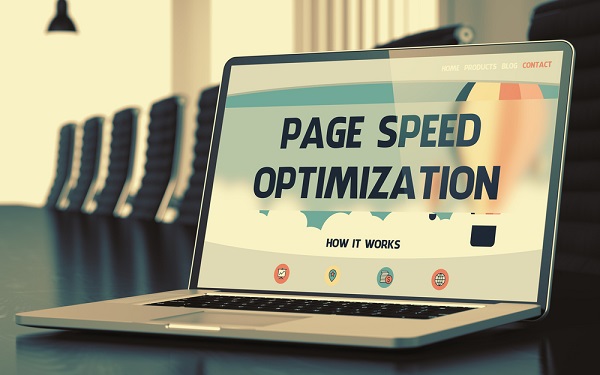Users of websites have become more demanding and have a shorter attention span. If the website doesn’t load fast enough, it will result in greater bounce rates. A site’s performance is crucial to rank on the Search Engine Results Page(SERP). Google takes a website’s speed into account when ranking on the search engine results page.
Optimizing your website speed means taking each and everything into consideration since every millisecond counts by a Google Search engine.
Upon hearing from various clients that they are experiencing difficulties with the speed of their website, I have listed some tips for them to boost their load time and lessen it. Optimizing your site’s speed is crucial to providing a positive user experience. The following tips can help you optimize your website’s speed.
1. Use External JS and CSS Files:
Browsers cache external resources, such as the CSS and JavaScript files, when the user loads his web page for the first time. Rather than having JavaScript and CSS files visible in your browser, you should make sure they are accessible from their own files.
Having everything defined on a page will increase the playing time of a web page when using inline CSS. In contrast, the main CSS file means a browser has much less work to do when rendering a page since it already knows what style rules should apply.
As an additional benefit, Joomla! uses external JavaScript and CSS files that make site maintenance much simpler. Keeping code contained in global files instead of spreading it across several web pages is easier.
Getting your website up to speed takes consultation with SEO Company Vancouver.
2. Optimize your images:
It makes sense that larger images take longer to load because they take up more data in the browser. It is important that you choose the correct size for your work: one thing is to provide us with high-quality images of your products, however, another is to follow us on Twitter.
Additionally, select the best image format for the job at hand. There are many image formats to choose from and a good knowledge of when to use each will be valuable. Lastly, make sure you resize the images directly from your computer instead of using the HTML scaling system. Changing width = “600” and height = “220” does not work well. You’re still trying to do a full download of the entire file.
3. Optimize your html:
Avoid copying and pasting information from other applications, such as a text editor, as they can produce very complex HTML that can affect the loading speed of your page. Furthermore, make sure you make simple (non-embedded) HTML structures and follow standards as the browsers will analyze your page better. Lastly, are you aware that spaces are well understood (by humans) but they increase the overall size of the page (in bytes)
4. Reduce http requests:
To keep things organized during the development process, your developers may need a separate set of CSS files. Don’t get tensed by this. The Web Development Agency Vancouver really helped me with my HTTP requests. Combine these files into a smaller set when your site goes live and you reduce the number of HTTP requests made to your web server. You can also combine JavaScript files.
It is possible to view image frames so that you can combine different images into one. From there you can implement the usage of CSS so that each part of the combined image is of the same size.
5. Use text instead of images:
With text renderings, there are far fewer rendering overheads than with images, making them more effective for SEO. Balance Good design with good performance for headers using text rather than a graphic.
6. Avoid bad requests:
The broken links must be fixed, particularly images, since the broken link leads to 404s and 410s, which are tolls on errors on the page. SEOmoz Screaming frog tolls are a great tool to use to check broken links for free.
7. Minify scripts and css:
The contents of the web page can be reduced by removing all white space, removing entries that are duplicates, and removing code that is not displayed. The following are some free online resources to assist you:
- CleanCSS: CSS Formatter and Optimizer
- JSCompress: Online Javascript Compression Tool
- YUI Compressor: Yahoo! JavaScript and CSS Compressor
8. Use a content delivery network (CDN):
Static content delivered through Content Delivery Networks, including images, multimedia, and file downloads, can be efficiently delivered through the network. Their distributed structure means that the content can be delivered as close to the end-user as possible. These servers are well known for their reliable availability and high performance.
9. Cache your output:
The topic is a little more complicated, but you can optimize performance by running the cache on both the server and client-side at the same time. By caching server-side, you reduce the number of requests you make to the database, and by caching a page on the client-side, you can reduce the number of HTTP requests.
10. Make landing page redirects cacheable:
A cached redirect is necessary because the mobile page has to redirect users to another URL (for example, from www.seomoz.org to m.seomoz.org), which may optimize the loading speed of future web pages. Please ensure that the 302 changes are cached for one day. Rice: User-Agent, along with Cache-Control: private, should also be included. Only mobile visitors will be transferred this way.
================================================================
Author Bio:
This article is written by Muhammad Usman. He is a young SEO Expert with big dreams and currently, working in an organization named Unitedsol. He can be found on social platforms like Linkedin.
